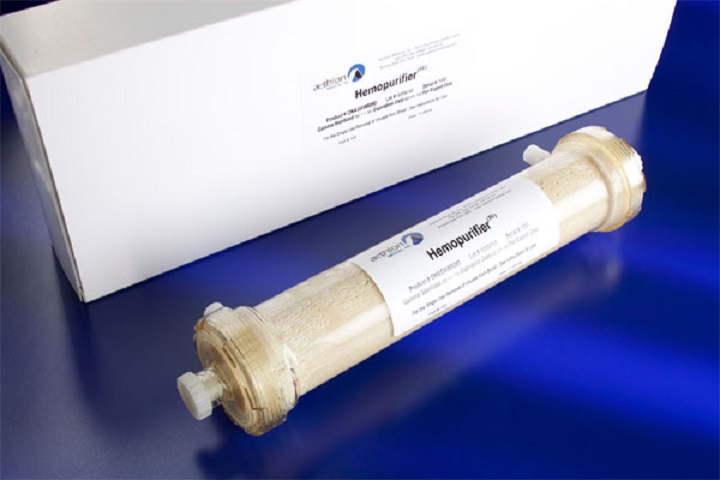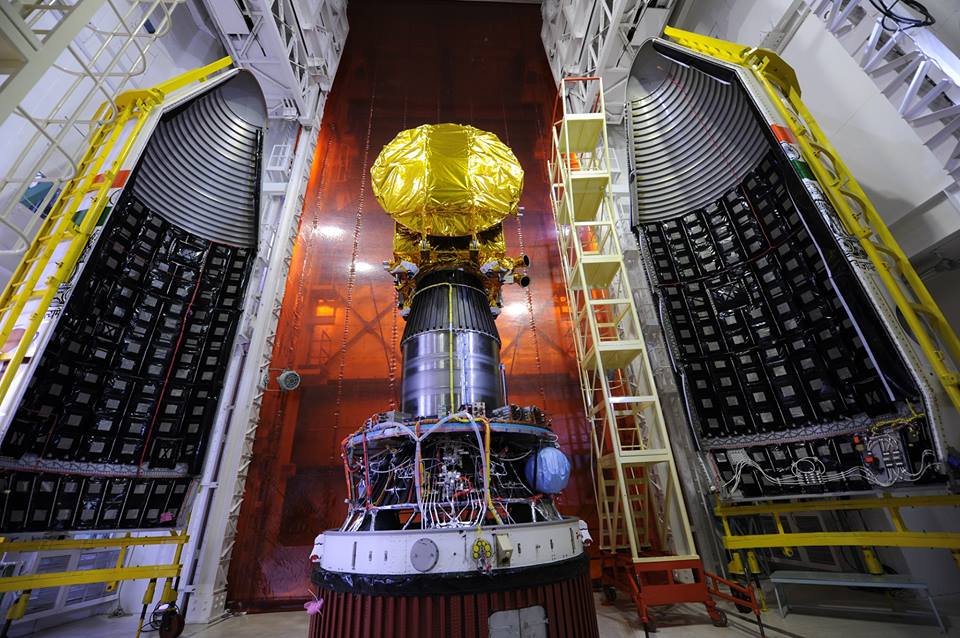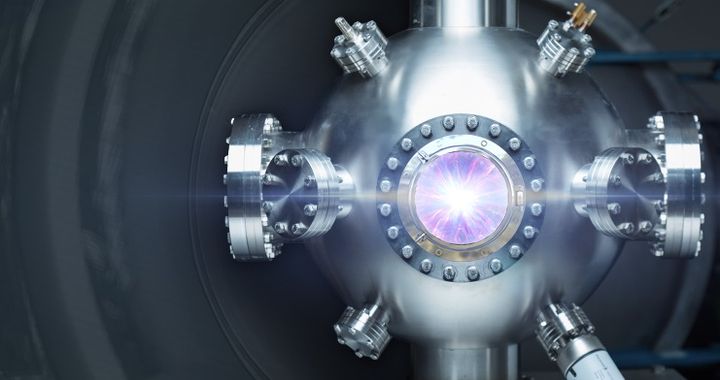
They say "tomorrow comes today". Well, at no time is that more apparent than when reviewing the greatest inventions for 2014. Without a doubt, the year was a very good one as far as innovation and technological developments were concerned. And it was made more impressive by the fact that much of it was made possible through the efforts of small start-ups, independent inventors, and public support.
And while what constitutes "greatest" might be up for debate, here are ten inventions that emerged during the past year that certainly stood out from the crowd. More importantly, they are sure to spawn more in the way of change and make a difference in the lives of many people.
1. 3D Printed Everything:
The year of 2014 was a windfall for additive manufacturing, a technology that has been growing by leaps and bounds in recent years. What began as a means of printing models out of plastic, mainly by engineers and architects to prove design concepts, has since grown to include everything from metal objects to living tissue samples and even food.
In 2014 alone, middle-school students used 3-D-printers to make stock cars for physics lessons, scientists 3D-printed tissues for human organs, and GE used 3D printing to improve the efficiency of its jet engines. In addition, literally every machine component currently in use is being re-evaluated to see if it can be manufactured using a 3D printer - a process which not only cuts production time, but is far more efficient in terms of materials used.

As of 2014, 3D printing applications expanded to the point where anything (including candy) could be created. Credit: Time
2. BMW Electric Car:
While a great deal of progress has been making electric vehicles commercially available, for the most part, they remain unappealing and inaccessible. In addition to offering limited performance, electric cars have also been prohibitively expensive so far, making mass consumption an unlikely possibility. However, BMW seeks to change this with the I3, an electric car that debuted this past year.
In addition to be able to drive between 113 and 177 km (70-110 miles) on a single three-hour charge, the novel design also allows drivers to use a single pedal to both accelerate and brake, resulting in more energy-efficient drive (press to go, release to slow). In addition, the car comes with an optional backup gas motor that can recharge the battery in an emergency, as well as a lending program where owners borrow a gas-powered vehicle for longer trips.
3. Copenhagen Wheel:
Fans of the HBO show Weeds should already recognize this invention. Developed by a Cambridge, Mass-based startup called Superpedestrian, the Copenhagen Wheel is essentially a wheel-attachment that contains a rechargeable, battery-powered motor. This motor is able to kick in whenever a rider decides they need additional power - say, to clear a hill, or just to get them home before their legs cramp up. This is done through a smartphone app which allows users to set preferences for when they want the wheel to kick in.
The device also contains sensors that track road conditions, air temperature, and monitor for potholes so riders can share information in real-time with each other about optimal city biking routes. Designed as a means to combat traffic congestion and air pollution in major cities, the wheel has raised over $6 million dollars through crowdfunding and direct investment since appearing on the market last year.
A similar inventions, known as the FlyKly Smart Wheel, has followed suit, offering a motorized wheel that kicks in when users select it to. This company which launched a Kickstarter campaign back in 2013, managed to raise a total of $701,239 of their original goal of $100,000. Together with the Copenhagen Wheel and others that are sure to follow, we could be moving towards a potential revolution in how people bicycle.
4. Ebola-Dialysis Machine:
The Ebola Outbreak of 2014 took a terrible toll on communities in West and Central Africa. In addition, there was (and continues to be) considerable fear that the virus might spread worldwide and trigger a pandemic. If there's one thing the Ebola virus is known for, its the startling rate at which it can take over a person's immune system. As such, devices like the Hemopurifer, which filters blood to remove the Ebola virus, are a very welcome invention.

The Hemopurifier is a revolutionary dialysis machine that filters the blood of the Ebola virus. Credit: aethlonmedical.com
Using a specially designed lectin filter that attaches to a dialysis machine, the device attracts the Ebola virus and sucks it from the blood as it flows through. So far, it’s been used only once (in Germany) where it successfully removed all traces of the virus from a patient's system. However, that success has encouraged doctors, who believe it could help win the fight against Ebola and even be used on diseases like hepatitis.
5. Hendo Hoverboard:
After seeing Back to the Future II, there was scarcely anyone who didn't fantasize about owning a hoverboard and wondered when the heck the techy types would invent one. Well, much like the Flying Car, it seems 2014 was the year that it finally happened. Invented by the California-based tech firm Hendo, this prototype was made possible thanks to a Kickstarter campaign that successfully raised $450,000 dollars its development.
Naturally, the device has some limitations. For one, it can only hover about an inch above the ground and only when placed above conductive material like copper or aluminum. The battery life is limited to about 15 minutes at a time, and only ten hoverboards have been made so far. Still, as proof-of-concepts go, it is a major leap, and the inventors plan on using similar magnetic technology to stabilize buildings during earthquakes, protect valuable works of art and more.
6. Lockheed Martin Fusion Reactor:
For many decades now, cold fusion has been thought of as both the holy grail of alternative energy and a pipe dream. Whereas some are pinning humanity's hopes for clean, abundant energy on the development of technology that can create a sustainable fusion reaction, others point to past hoaxes as evidence that it simply won't happen (at least, not within our lifetimes).
However, in recent years, many positive strides have been made, including the research efforts of the National Ignition Facility (NIF) in California, the Joint European Torus (JET) in Oxfordshire, England, and the ITER's fusion project in France. Not to be outdone, Lockheed Martin announced last October that they had achieved a technological breakthrough that will enable them to make Compact Fusion Reactors (CFRs) within a decade.
According to the company, the CFR uses “magnetic mirror confinement”, similar to what ITER's Tokomak reactor and the Joint European Torus use, to build reactors that are small enough to fit on the back of a truck . And while few details have been forthcoming, Lockheed Martin claimed that it created a sustainable fusion reaction with the CFR's that resulted in stable plasma. Should they prove successful, we could be looking at a revolution in how the world is powered.
7. Mangalyaan Spacecraft:
On Sept. 24th of last year, India made history by being the first Asian country to place a spacecraft in orbit of Mars. Similarly, the country's space program (ISRO) distinguished itself by being the first agency on the planet to establish Martian orbit on the first try. This is something that even the Russian and American space programs, with their extensive fleet of satellites and orbiters around the Red Planet, have not been able to do.
Known as Mangalyaan (Hindi for "Mars craft") - or the Mars Orbiter Mission (MOM) - this $74 million dollar spacecraft is somewhat humble compared to MAVEN or the Mars Reconnaissance Orbiter (MRO), containing just five onboard instruments that allow it to do simple tasks like measure Martian methane and surface composition. Still, its arrival around the Red Planet is a boon for space exploration and a major step towards establishing India as a major player in space exploration.

The Mangalyaan spacecraft (aka. MOM) being enclosed in its heat shield. Credit: ISRO
8. Privacy Smartphone:
Privacy has become a major concern in the digital age. But thanks to the Snowden leaks of last year, which revealed how major cell-phone providers have been sharing user information with government agencies. these concerns have become amplified. According to a 2012 Pew poll, at least half of US consumers are looking for devices that will better protect their personal data and make their accounts harder for other's to access.
Enter the Blackphone, a smarphone that, with privacy in mind, runs on a customized Android operating system that is stripped of features that might make data vulnerable. No doubt, such devices will become a focal point for law enforcement agencies. But given growing concerns over domestic surveillance and "metadata mining" it would not be surprising to see many other telecoms offering similar devices in the near future.
9. Sign Language Translator:
For the hearing impaired, day-to-day communications can be a real hassle. Between human translators, note-writing, and devices that vocalize types words, the process can be tedious, time-consuming and expensive. Luckily, the San Francisco–based company MotionSavvy has chosen to take advantage of recent advancements made in motion capture technology to create the world's first real-time sign-language translator.
Known as the Uni, this tablet and its attachments combine motion sensor cameras and voice recognition to translate American Sign Language into spoken words, and spoken words into text, in real time. The company launched an Indiegogo campaign last year to bring their invention to market and managed to raise $45,026 of the $40,000 they needed to make that happen.
10. Wireless Electricity:
Wireless technology has come a long way in the past few decades, yielding everything from wireless phones and headsets to wireless internet. So naturally, it was only a matter of time before someone wondered what the deal was with all the charging cords we forced to own and came up with wireless recharging. And 2014 was a very good year for this technology, yielding multiple iterations from startups and larger companies alike.
Take WiTricity, the Watertown, Massachussets-based wireless developer that created a central charging base that can power objects up to 2.4 meters (8 feet) away. The technology behind it is a plug-in coil that creates a magnetic field, which the company used to create charging mats and pads to demonstrate the concept on Toyota electric cars, Intel PCs and a host of other electronic machines and devices.

WiTricity's wirelss charging station can recharge devices up to 2.4 meters (8 feet) away. Credit: witricity.com
They are joined by companies like Energous, a San Jose-based company that unveiled their Wattup - a wireless system that can recharge mutiple devices from up to four and half meters (15 feet) away - at the 2015 Consumer Electronics Show this past January in Las Vegas. Combined with induction technology, where devices are able to recharge through contact with a charging station, those of us who have tangled messes of power cords in our drawers may finally be able to get rid of them!
These are just some of the eye-catching, attention-grabbing, and potentially world-changing technologies that emerged last year. Who knows what 2015 will bring, and what, in turn, will come of them. Only time will tell...
Top Image Credit: Lockheed Martin
Sources:
- time.com/3594971/the-25-best-inventions-of-2014/
- www.pewinternet.org/2012/09/05/main-findings-7/
- www.ge.com/stories/advanced-manufacturing
- www.motionsavvy.com/howitworks/
- www.energous.com/overview/
- www.superpedestrian.com/
- flykly.com/
- witricity.com/
- blackphone.ch/
- techcrunch.com/2014/12/07/an-elevated-experience/
- www.bmw.ca/ca/en/newvehicles/i/i3/2013/showroom/
- www.lockheedmartin.ca/us/products/compact-fusion.html
- www.aethlonmedical.com/products/hemopurifier/index.htm
- gigaom.com/2014/11/18/organovo-begins-selling-3d-printed-liver-tissue/
- www.cdc.gov/vhf/ebola/outbreaks/2014-west-africa/distribution-map.html
- 3dprint.com/11876/drag-racing3d-print-school/
- hendohover.com/the-hendo-hoverboard/
- isro.org/pslv-c25-mars-orbiter-mission








